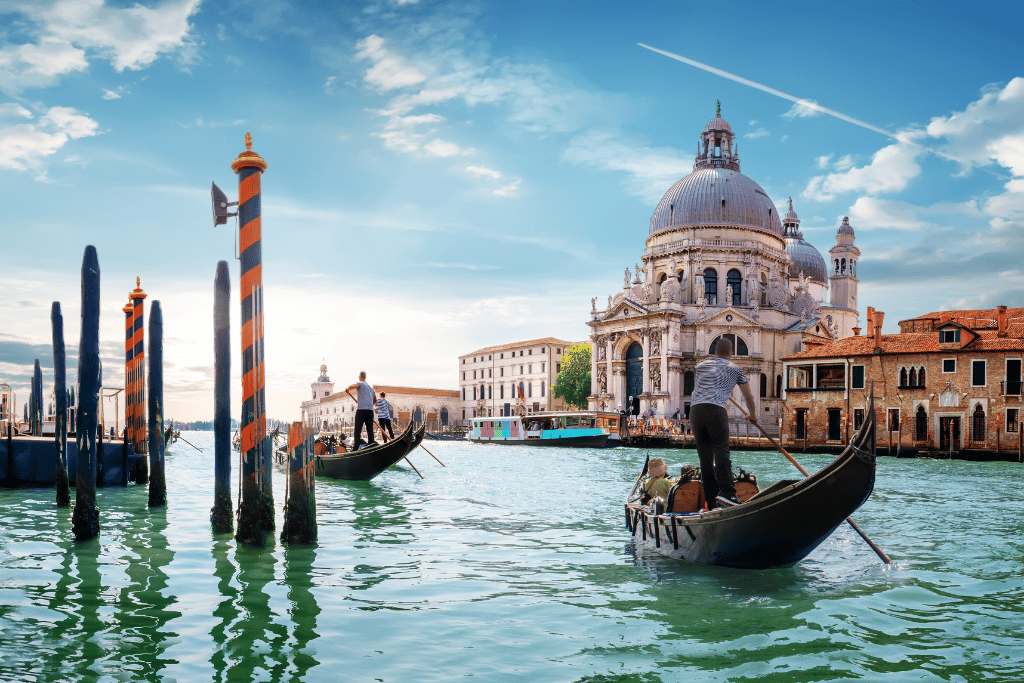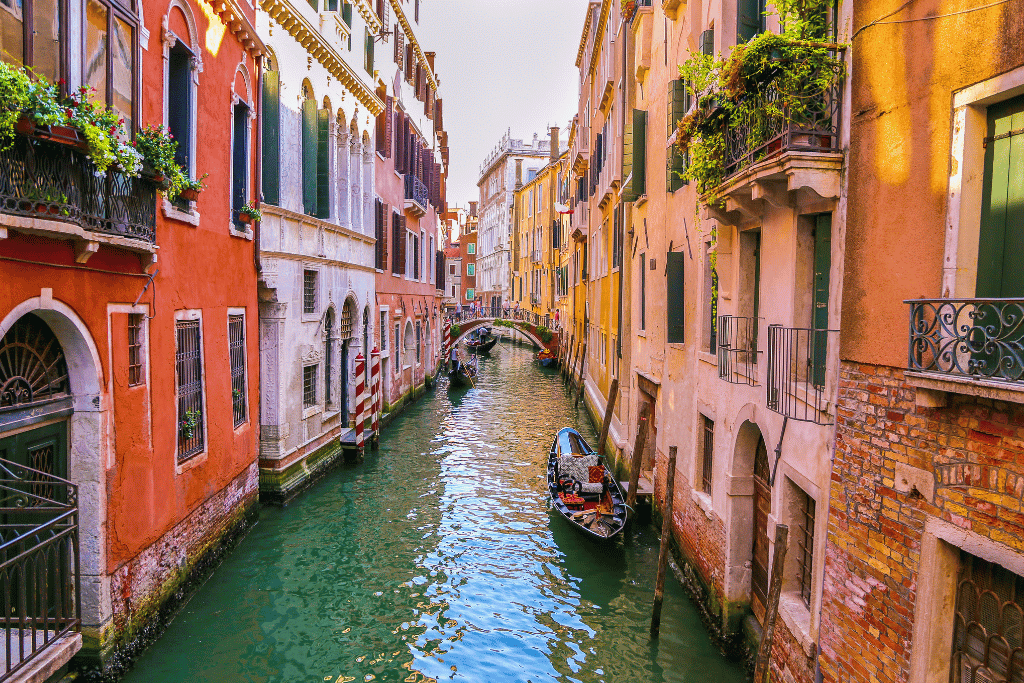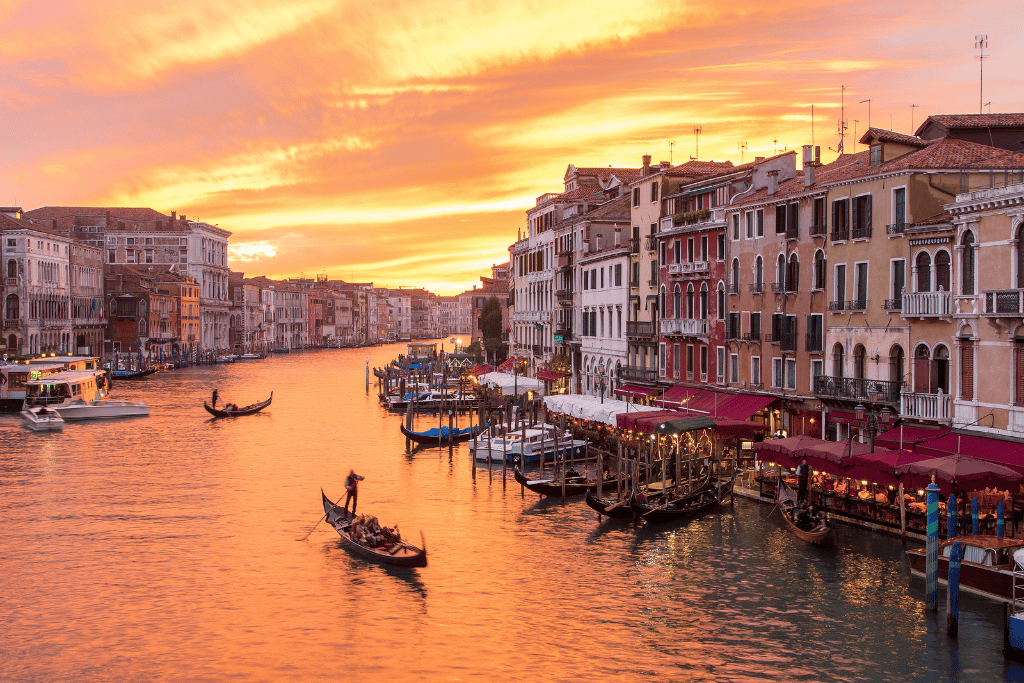Venice, the floating city of canals and gondolas, is one of the most popular tourist destinations in the world. But the city has also been facing some serious challenges in recent years, including over-tourism and climate change.

In 2023, UNESCO’s World Heritage Committee met in Saudi Arabia to discuss whether or not to add Venice to its list of endangered heritage sites. The committee had previously expressed concerns about the impact of over-tourism and climate change on the city, and some experts had argued that Venice needed to take more drastic measures to protect its cultural heritage.
However, the committee ultimately decided not to add Venice to the list of endangered heritage sites. Instead, they praised the city’s conservation efforts, including its plans to charge an entrance fee for day trippers next year.

The decision by UNESCO is a victory for Venice, but it is also a reminder that the city is still facing some serious challenges. Over-tourism continues to be a major problem, and climate change is threatening to submerge the city altogether.
What are the challenges facing Venice?
Venice is facing a number of challenges, including:
- Over-tourism: Venice is one of the most popular tourist destinations in the world, and the sheer volume of visitors is putting a strain on the city’s infrastructure and environment.
- Climate change: Venice is a sinking city, and climate change is accelerating this process. The city is also vulnerable to flooding, which is becoming more frequent and severe due to climate change.
- Depopulation: Venice’s population has been declining for decades, as residents have moved away due to the high cost of living and the challenges of living in a city that is constantly flooded.
What is Venice doing to address these challenges?
Venice is taking a number of steps to address the challenges it is facing, including:
- Charging an entrance fee for day trippers: Starting in 2024, Venice will charge an entrance fee for day trippers. This is an attempt to reduce the number of tourists visiting the city and to generate revenue that can be used to protect the city’s cultural heritage.
- Building a seawall: Venice is building a seawall to protect the city from flooding. The seawall is expected to be completed in 2025.
- Investing in public transportation: Venice is investing in public transportation to make it easier for residents and visitors to get around the city without using cars.

How can visitors help to protect Venice?
There are a number of things that visitors can do to help protect Venice, including:
- Visiting during the off-season: Venice is less crowded during the off-season (November to March), so this is a good time to visit if you want to avoid the crowds and help to reduce the impact of over-tourism.
- Staying in a hotel or Airbnb: Hotels and Airbnbs in Venice pay a tourist tax, which is used to fund conservation efforts. If you stay in a hotel or Airbnb, you will be contributing directly to the protection of Venice.
- Using public transportation: Getting around Venice by public transportation is a great way to reduce your impact on the environment. Venice has a good public transportation system, including boats and buses.
- Being respectful of the city: Venice is a fragile city, so it is important to be respectful of the environment and the people who live there. Avoid littering and be mindful of the noise you make.
Conclusion
Venice is a unique and beautiful city, but it is also facing some serious challenges. Over-tourism and climate change are putting a strain on the city’s infrastructure and environment. However, Venice is taking steps to address these challenges, and visitors can help by visiting during the off-season, staying in a hotel or Airbnb, using public transportation, and being respectful of the city.
If you are planning a trip to Venice, be sure to book your accommodation and activities in advance. You can use Booking.com to find the best deals on hotels, Airbnbs, and tours.


